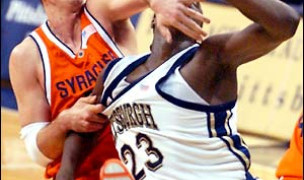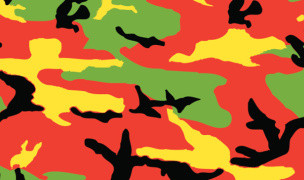 10 Terms
10 TermsHome > Terms > Kazakh (KK) > концептуалды өнер
концептуалды өнер
This term came into use in the late 1960s to describe a wide range of types of art that no longer took the form of a conventional art object. In 1973 a pioneering record of the early years of the movement appeared in the form of a book, Six Years, by the American critic Lucy Lippard. The 'six years' were 1966-72. The long subtitle of the book referred to 'so-called conceptual or information or idea art'. Conceptual artists do not set out to make a painting or a sculpture and then fit their ideas to that existing form. Instead they think beyond the limits of those traditional media, and then work out their concept or idea in whatever materials and whatever form is appropriate. They were thus giving the concept priority over the traditional media. Hence Conceptual art. From this it follows that conceptual art can be almost anything, but from the late 1960s certain prominent trends appeared such as Performance (or Action) art, Land art, and the Italian movement Arte Povera (poor art). Poor here meant using low-value materials such as twigs, cloth, fat, and all kinds of found objects and scrap. Some Conceptual art consisted simply of written statements or instructions. Many artists began to use photography, film and video. Conceptual art was initially a movement of the 1960s and 1970s but has been hugely influential since. Artists include Art & Language, Beuys, Broodthaers, Burgin, Craig-Martin, Gilbert and George, Klein, Kosuth, Latham, Long, Manzoni, Smithson.
- Ordklasse: noun
- Synonym(er):
- Blossary:
- Fagområde/Domene Art history
- Category: General art history
- Company: Tate
- Produkt:
- Akronym-Forkortelse:
Andre språk:
Hva ønsker du å si?
Terms in the News
Featured Terms
phylum placozoa
Macroscopic, flattened marine animals, composed of ventral and dorsal epithelial layers enclosing ...
phylum cnidaria
Cnidarians. Hydras, hydroids, jellyfish, sea anemones, and corals. Free-swimming or sessile, with ...
share a term with millions
Share a term with millions of users around the world and increase your online visibility.Share a ...
oak
Genus native to the Northern Hemisphere with spirally arranged leaves, catkins for flowers and ...
Everest
The last but not least mount Everest. The Earth's highest mountain, with a peak at 8,848 metres ...
aglaonema
Genus of about 20 species of usually rhizomatous, evergreen perennials from tropical forest in Asia. ...
Robojelly
Robojelly is a hydrogen-powered robot desgined in the United States that moves through the water ...
Ferdinand Porsche
Ferdinand Porsche (3 September 1875 – 30 January 1951) was an Austrian-German automotive engineer ...
Marzieh Afkham
Marzieh Afkham, who is the country’s first foreign ministry spokeswoman, will head a mission in east ...
define1
Share a term with millions of users around the world and increase your online visibility.Share a ...
Bidragsyter
Featured blossaries
Browers Terms By Category
- Cosmetics(80)
Cosmetics & skin care(80) Terms
- Cheese(628)
- Butter(185)
- Ice cream(118)
- Yoghurt(45)
- Milk(26)
- Cream products(11)
Dairy products(1013) Terms
- Project management(431)
- Mergers & acquisitions(316)
- Human resources(287)
- Relocation(217)
- Marketing(207)
- Event planning(177)
Business services(2022) Terms
- General seafood(50)
- Shellfish(1)







